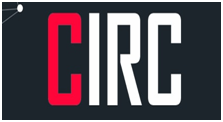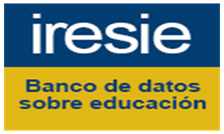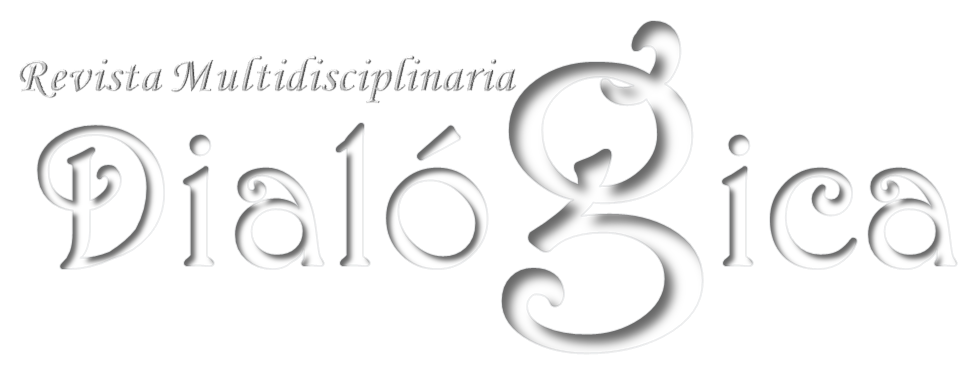Educational algebra as a tool for mathematical modeling in secondary education
DOI:
https://doi.org/10.56219/dialgica.v22i3.3549Keywords:
Educational algebra, mathematical modeling, secondary education, didactical situationsAbstract
This study aims to describe educational algebra as a tool for mathematical modeling among secondary school students. It analyzes Jean Piaget's theory of logical thinking (1975) and Guy Brousseau's theory of Didactical Situations (1986). To provide a comprehensive view of the development of educational algebra, it addresses its discourse, language, multiple representations, semiotics, rules, symbols, and the use of technological media. A qualitative approach and a bibliographic design were employed. Data was gathered through filing techniques. Preliminary conclusions indicate a need for the identification and promotion of algebra as a tool for mathematical modeling, and the use of generalization strategies as a core activity to motivate students, thereby strengthening the development of logical-mathematical thinking with algebraic operations.
References
Bishop, A. (1988). Mathematical Enculturation: A Cultural Perspective on Mathematics Education. [Enculturación matemática: una perspectiva cultural de la educación matemática.] Dordrecht: Kluwer. DOI: https://doi.org/10.1007/978-94-009-2657-8
Brousseau, G. (1986). Fondements et méthodes de la didactique des mathématiques. Recherches Didactique des Mathématiques, 7(2), 33-115.[Traducción realizada con autorización del autor por Dilma Fregona con la colaboración de Mabel Aguilar] https://www.famaf.unc.edu.ar/documents/902/BEns05.pdf
Cedillo, T. (1999). Nubes de puntos y modelación algebraica. México: Iberoamérica.
Kieran, C. y Filloy, E. (1989). El aprendizaje del álgebra escolar desde una perspectiva psicológica. Enseñanza de las Ciencias: Revista de investigación y experiencias didácticas, 7 (3),. 229-40, https://raco.cat/index.php/Ensenanza/article/view/51268. DOI: https://doi.org/10.5565/rev/ensciencias.5038
MacGregor, M. (2004). Goals and Content of an Algebra Curriculum for the Compulsory Years of Schooling. [Objetivos y contenido de un plan de estudios de álgebra para los años de escolarización obligatoria.] En Kaye Stacey, Helen Chick y Margaret Kendal (Eds.). The Future of the Teaching and Learning of Algebra The 12th ICMI Study. Dordrecht: Kluwer Academic Publishers. https://link.springer.com/chapter/10.1007/1-4020-8131-6_12 DOI: https://doi.org/10.1007/1-4020-8131-6_12
Mora, C. (2003). Estrategias para el aprendizaje y la enseñanza de las matemáticas. Revista de Pedagogía, 24(70), 181-272. https://ve.scielo.org/scielo.php?script=sci_arttext&pid=S0798-97922003000200002
Papini, M. (2003). Algunas explicaciones vigotskianas para los primeros aprendizajes del álgebra. Revista Latinoamericana de Investigación en Matemática Educativa. 6(1). 41-71. https://www.redalyc.org/pdf/335/33560103.pdf
Piaget, J. (1975). El desarrollo del pensamiento. Buenos Aires: Paidós.
Radford, L. (2003). Gestures, speech, and the sprouting of signs: A semiotic-cultural approach to students' types of generalization. Mathematical Thinking and Learning, 5(1), 37-70. https://goo.su/V24Pt DOI: https://doi.org/10.1207/S15327833MTL0501_02
Radford, L. (2013). Three key concepts of the theory of objectification: Knowledge, knowing, and learning. Journal of Research in Mathematics Education, 2(1), 7-44. doi: http://doi.dx.org/10.4471/redimat.2013.19. DOI: https://doi.org/10.4471/redimat.2013.19
Tall, D. (2002). Advanced Mathematical Thinking. Kluwer Academic Publishers. https://www.academia.edu/35167294/Advanced_Mathematical_Thinking_pdf DOI: https://doi.org/10.1007/0-306-47203-1_1
Published
How to Cite
Issue
Section
License
Copyright (c) 2025 Deybis Azael Boyer Colmenarez

This work is licensed under a Creative Commons Attribution-NonCommercial-ShareAlike 4.0 International License.


 @revistadialogica
@revistadialogica DialogicaUPEL
DialogicaUPEL RevistaDialogicaUPELMaracay
RevistaDialogicaUPELMaracay dialógicaupel@gmail.com
dialógicaupel@gmail.com dialogicaupel.blogspot.com
dialogicaupel.blogspot.com https://issuu.com/dialogicaupel
https://issuu.com/dialogicaupel https://revistas.upel.edu.ve/index.php/dialogica/
https://revistas.upel.edu.ve/index.php/dialogica/









